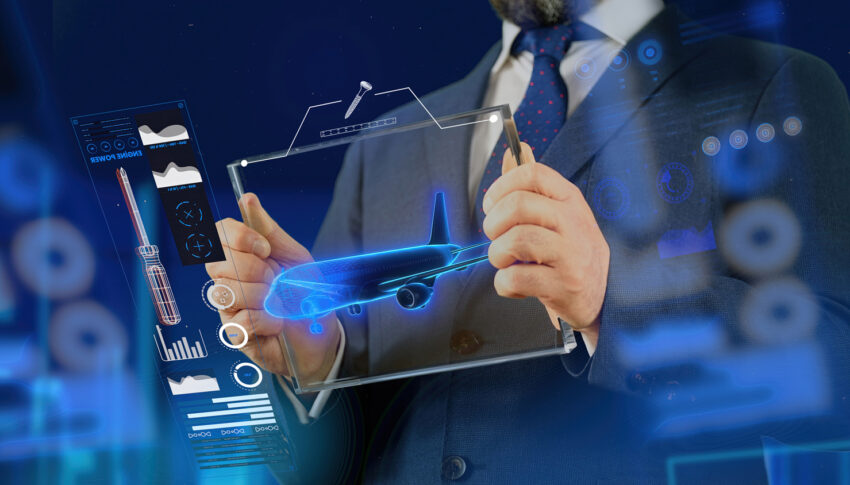Digitalisation is a key tool for resolving much of the ongoing supply chain crunch in aviation. But even within the areas of the industry that create digital products, supply chain issues abound — as we discuss with industry experts in the latest of our supply chain series.
In terms of digital product, there are few companies more exposed to the reality of growing passenger expectations than onboard content suppliers like Spafax, who need to process, customise, produce, and upload enormous amounts of data — in some cases terabytes — in the form of audio and video for the aircraft’s inflight entertainment system.
Arthur Cuyugan, Spafax senior vice president for technical services, tells us that “the biggest issue has been resources, in terms of human capital. We had to pull back in terms of resources during the pandemic but coming out of that we saw a very quick ramp up with an increase in the content requested and the number of titles being booked.”
This ramp-up, as well as the ongoing growth and changes within the industry, mean that flexibility is required. This, among other factors, is driving a move to cloud processing rather than traditional at-facility processing.
“Our competitors are heavily leveraging cloud tools. Some are 100% in the cloud, and they had an opportunity to do that because that’s where they started. Most of the other labs that have been in the industry for quite a while, that’s not where we started,” Cuyugan says.
However, while cloud processing has benefits, it also has drawbacks.
“We need to leverage cloud infrastructure for content processing and transcoding, as well as the more powerful tools around machine learning and AI… in our media supply chain, so that we can be smarter about how we’re processing content. We need to let our folks handle the edge cases and leverage those cloud-based tool sets on things that can be automated,” Cuyugan notes. When it comes to processing and storage, too, “if we’re doing it in the cloud, you can leverage cloud storage which is scalable to the nth degree, but the processing power to handle the transcoding of the content will grow significantly, and what took twenty minutes to transcode is going to take a few hours. When you start to multiply that by the number of titles you’re trying to process in any given month, that’s a technological challenge in the supply chain today.”
An evolving supply chain faces competing pressures
Elsewhere in the digital supply chain, Honeywell is heavily involved across the aerospace industry — and it’s this industry-wide work that can throw up some issues, as Yeong-chuan Lim, Honeywell country president for Malaysia and Singapore, tells us.
“The post-pandemic demand has been buoyed by both airlines and militaries, especially in Asia Pacific, to scale up their operations quickly, resulting in capacity constraints and bottlenecks within supply chains. The heightened global geopolitical and trade tensions further complicate the scramble for capacity by disrupting established trade routes, while creating an air of uncertainty around the availability and cost of raw materials, spare parts, and components,” Lim explains. “This has necessitated the importance of diversification — sourcing multiple suppliers that can produce and deliver components and raw materials – to minimise risk disruption and ensure smooth operational continuity. Fortunately, we are also seeing multiple countries, such as Malaysia, trying to expand their aerospace industry ecosystem to supplement the global supply chains.”
The talent pool remains an issue of concern, especially at a time when the industry is trying to scale to make the most of future opportunities.
“We anticipate some shifts in the risk landscape in the next few years, including technological advancements and the emergence of digital tools. Some technologies, such as generative artificial intelligence and advanced data analytics, are already able to provide real-time visibility into supply chain operations for proactive risk management and responses,” Lim says.
Honeywell expects early impacts from these tools from 2025 onwards, especially around supply chain management — up and down the chain.
“Looking longer term into 2030, we envision a supply chain landscape characterised by increased automation and interconnectedness. By then, data- and AI-driven predictive analytics and machine learning algorithms will likely play an integral role in enabling the aviation sector to optimise aircraft maintenance schedules and ensure supply chain efficiencies,” Lim concludes.
Author: John Walton
Published: 8th August 2024



